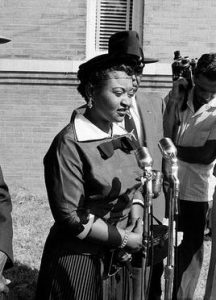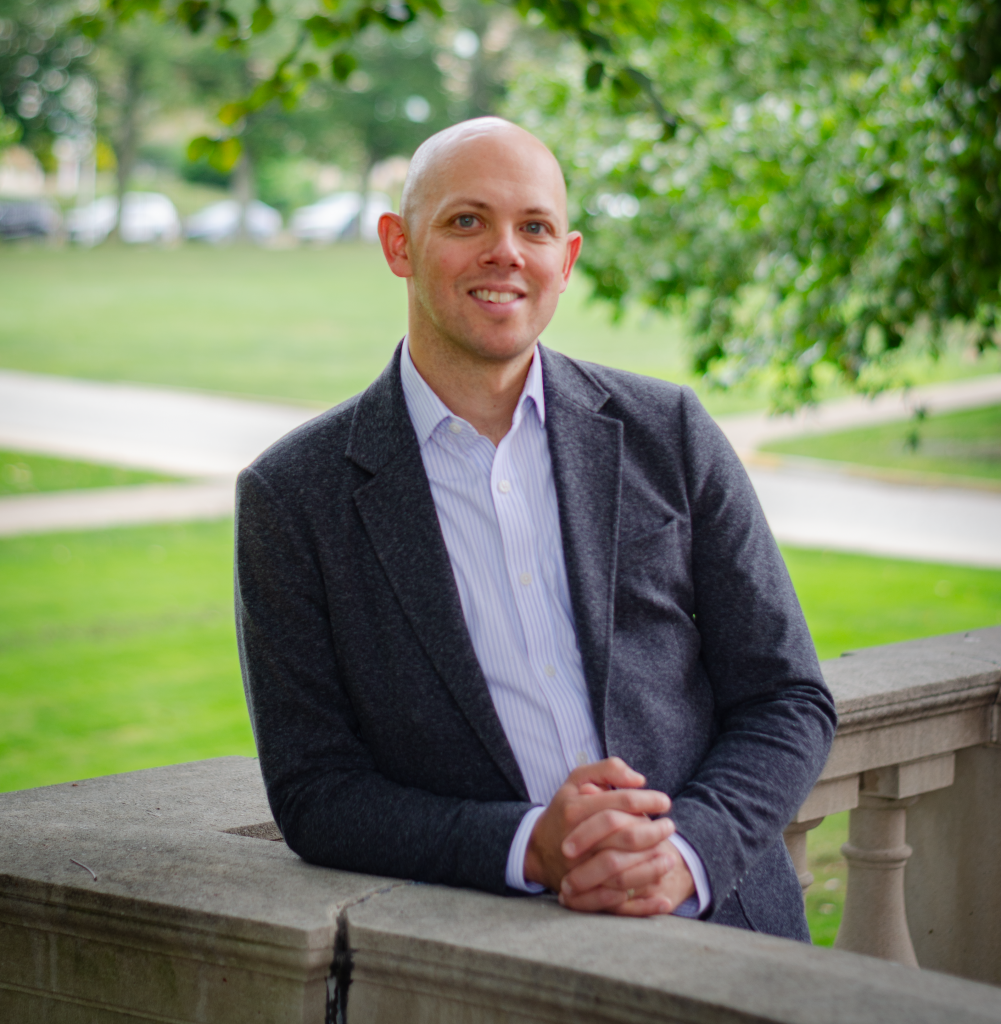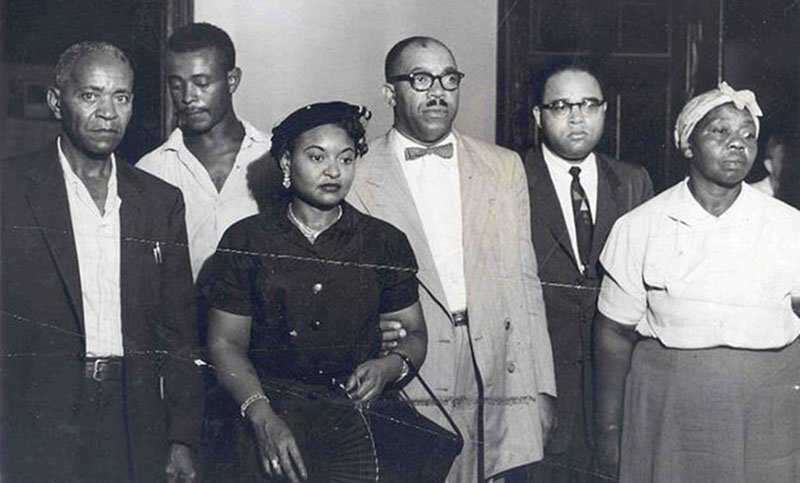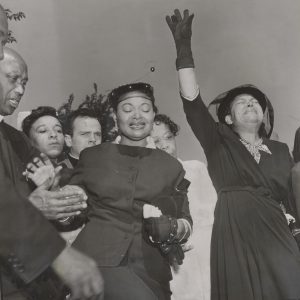On Aug. 28, 1955, 14-year-old Emmett Till was found dead in Money, Miss. He had been brutally beaten and lynched after accusations he had whistled at a white woman, Carolyn Bryant, in her family’s grocery store. Years later, Bryant admitted to fabricating the accusation entirely. The men who murdered Till were found not guilty, but later openly admitted to doing so. They even made money by selling the story of how they tortured and killed the boy. A mother’s son is murdered, and the killers not only escape justice but are rewarded for it.
Emmett Till’s brutal murder is known today in large part because of the decision by his mother, Mamie Till-Mobley (later Mamie Till-Bradley), to hold an open casket viewing of Emmett’s bloated, mutilated body. She explained this decision in a speech she delivered Oct. 29, 1955, during a rally of the Baltimore NAACP at Bethel AME Church. Click here to read an excerpt of the speech.
As I read that speech, I can’t help but think about how many Black men, women, and children—Emmett was just 14 years old!—were tortured and killed in this country without the same level of national attention and outrage. How many Black bodies suffered similar fates quietly, out of the public spotlight, their names lost to history? And how many Black bodies were beaten, bloodied, maimed, lynched, shot, burned in public spectacle, amid crowds of Sunday picnickers and later memorialized on souvenir postcards?
Reclaiming Emmett’s Body
One consistent theme in Till-Bradley’s speech and actions is the reclaiming of Emmett Till’s body. By the time she learned of his death, his body had already been prepared for burial in Mississippi. But she insisted that Emmett’s body be returned to Chicago. When it arrived, Till-Bradley didn’t just quickly view his body. She examined it closely. Till-Bradley inspected every inch of his body and took in all the pain inflicted upon it. She dressed the body, which hadn’t been clothed prior to being shipped to Chicago. And then she made the courageous decision to have a public open casket viewing.
“As long as we cover these things up, they’re going to keep on happening,” she said. “I’m pulling the lid off this one.”[1]
She had two reasons for doing this: first, to show that Emmett’s body—and Black bodies in general—are not property. Till-Bradley notes that this was the point of the whole trial, to prove that Emmett’s body belonged to them and not her. This, she believed, was the point of slavery and then later, lynching: to prove that Black bodies belonged to white bodies, and could be used or discarded like any other property.[2] By having Emmett’s body brought back to Chicago, by organizing a proper viewing, funeral, and burial, and by choosing an open casket viewing for more than 600,000 people to see Emmett’s battered, beaten, tortured, mutilated body, Mamie Till-Bradley reclaimed Emmett’s body as belonging to no other man or woman but Emmett.
Pulling the Lid Off
Yet ultimately, she did not do this only to draw attention to her or to Emmett. Her second reason for holding an open casket public viewing was to literally uncover—“pull the lid off”—the brutal sin of racism. She wanted to motivate others to action rather than passively accept injustices. She implored others to stand up and demand justice.
A number of years ago, I was engaged in a series of weekly conversations about racism with clergy colleagues as part of our denominational judicatory. As we prepared to leave one of these sessions, a Black colleague of mine was invited to close us in prayer. But before he did, he said he felt compelled by the Holy Spirit to address the white clergy in the room.
“As you leave this place,” he said, “take these conversations with you. I’ve sat here and listened to many of you share how hard it is to talk about this stuff; to come face to face with the realities of racism in our churches, denomination, communities, and world. But here’s the thing,” he said, pausing for effect. “You get to choose whether you engage with racism. When you leave here today, you probably won’t have to think about racism and all its effects until we meet here again next week. That’s privilege. You have the privilege of deciding when to engage with the sin of racism and when to just let it go because you’re just too tired or not ready for conflict that day. Guess what? I and the other people of color in this room don’t get that choice. We have to deal with it every day, every moment of our lives. And we’re asking you to deal with it every day and moment too.”
Birthing a Movement
Mamie Till-Bradley’s words and actions gave birth to the Civil Rights Movement of the 1950s and 1960s. Her son’s death and open-casket viewing was months before Rosa Parks refused to give up her bus seat. It was years before lunch counter sit-ins and public marches in Selma and Washington, D.C. In 1955, the Rev. Dr. Martin Luther King Jr. was not yet a household name. Forcing the public to see her son’s mutilated body meant the nation could no longer look away. What was happening every day in towns and communities across the country had to be noticed.
Let Mamie Till-Bradley’s name not be lost to history. Let us remember her name alongside other early leaders of the Civil Rights Movement, as a mother of the movement.

The Rev. Erik Hoeke is the director of Continuing Education at Pittsburgh Theological Seminary and an ordained elder in The United Methodist Church.
[1] Mamie Till-Bradley, “I Want You to Know What They Did to My Boy,” in Rhetoric, Religion, and the Civil Rights Movement 1954-65, ed. Davis W. Houck and David E. Dixon (Waco: Baylor University Press, 2006), 137-38.
[2] Ibid., 144.


